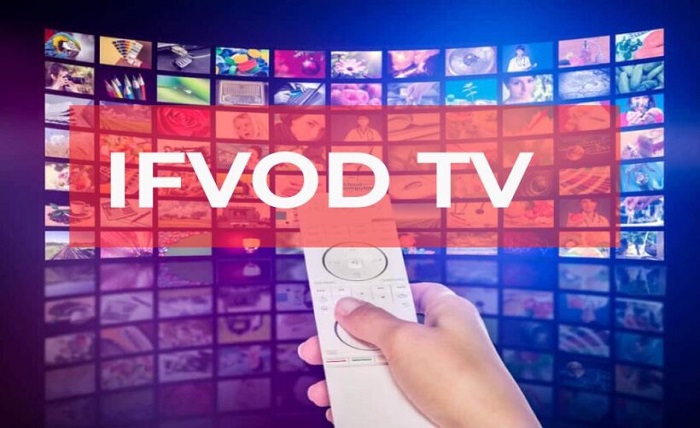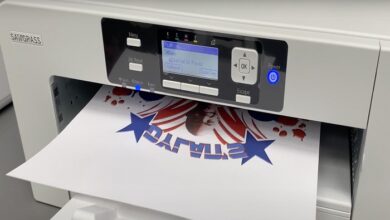ifvod

iFVOD is a new technology in the field of Video-on-Demand (VOD), which allows users to rent and watch movies or TV shows for a specified time period. It stands for “In-Flight Video-On-Demand” and was primarily designed for in-flight entertainment systems on commercial airlines. However, it has expanded its reach to other areas such as hotels, cruise ships, and even personal devices. In this article, we will discuss everything about iFVOD, from its history and how it works to its advantages and disadvantages.
Table of Contents
- Introduction
- History of iFVOD
- How iFVOD Works
- Benefits of iFVOD
- Disadvantages of iFVOD
- The Future of iFVOD
- Conclusion
- FAQs
Introduction
In-flight entertainment systems have come a long way since their inception. From simple seatback screens that played a few pre-selected movies to fully interactive systems that allow users to choose from hundreds of options, the evolution has been remarkable. iFVOD is the next step in this evolution, providing a more personalized experience for passengers.
History of iFVOD
The first in-flight entertainment systems were introduced in the 1960s and consisted of small monitors that displayed movies and TV shows. However, these systems were limited in terms of content and were not interactive. In the early 2000s, the first in-flight VOD systems were introduced, allowing passengers to choose from a variety of movies and TV shows. These systems were not personalized, and users had to watch the same content as everyone else on the flight.
In 2007, iFVOD was introduced by Panasonic Avionics Corporation, which allowed passengers to choose from a vast selection of movies and TV shows that were updated regularly. The system also allowed users to pause, rewind, and fast-forward their selected content, providing a more personalized experience.
How iFVOD Works
iFVOD is a server-based system that is connected to a wireless network. It allows passengers to access a vast library of movies, TV shows, and other content, which is stored on the server. The server streams the selected content to the user’s device, whether it is the seatback screen or a personal device such as a tablet or smartphone. The content is available for a specified time period, usually for the duration of the flight.
Benefits of iFVOD
iFVOD has several benefits over traditional in-flight entertainment systems. The primary advantage is the ability to provide personalized content to each passenger. Users can choose from a vast library of movies and TV shows, allowing them to watch what they want when they want. The system also allows users to pause, rewind, and fast-forward their selected content, providing a more interactive experience.
Another advantage of iFVOD is that it can be used on personal devices, such as smartphones and tablets. This allows passengers to watch their selected content on their own device, rather than having to use the seatback screen.
Disadvantages of iFVOD
While iFVOD has several advantages, there are also some disadvantages. One of the main concerns is the cost of implementing the system. The technology required to provide iFVOD can be expensive, and airlines may not be willing to invest in it.
Another disadvantage is that iFVOD requires a stable and reliable wireless network. This can be a challenge on some flights, especially those that are flying over remote areas.
The Future of iFVOD
iFVOD has already expanded beyond its original purpose of in-flight entertainment. Hotels, cruise ships, and other industries are beginning to adopt the technology to provide their customers with a personalized viewing experience. As technology advances and becomes more affordable, we can expect to see iFVOD become more widespread.
One potential future development is the integration of virtual reality (VR) technology into iFVOD systems. This would allow passengers to experience movies and TV shows in an entirely new way, immersing them in the content and providing a more engaging viewing experience.
Conclusion
iFVOD is a technology that has revolutionized in-flight entertainment systems. It provides passengers with a more personalized viewing experience and allows them to choose from a vast library of movies and TV shows. However, there are also challenges, such as the cost of implementation and the need for a reliable wireless network. As technology continues to advance, we can expect to see iFVOD expand into other industries and potentially integrate with VR technology.
FAQs
- Can I use iFVOD on my personal device?
Yes, iFVOD allows passengers to access content on their personal devices. - Do I need an internet connection to use iFVOD?
No, iFVOD is a server-based system and does not require an internet connection. - How much does iFVOD cost to implement?
The cost of implementing iFVOD can vary depending on the size of the system and the airline’s requirements. - Can I watch live TV on iFVOD?
No, iFVOD only provides pre-recorded movies and TV shows. - Is iFVOD available on all airlines?
No, iFVOD is not yet available on all airlines but is becoming more widespread.




